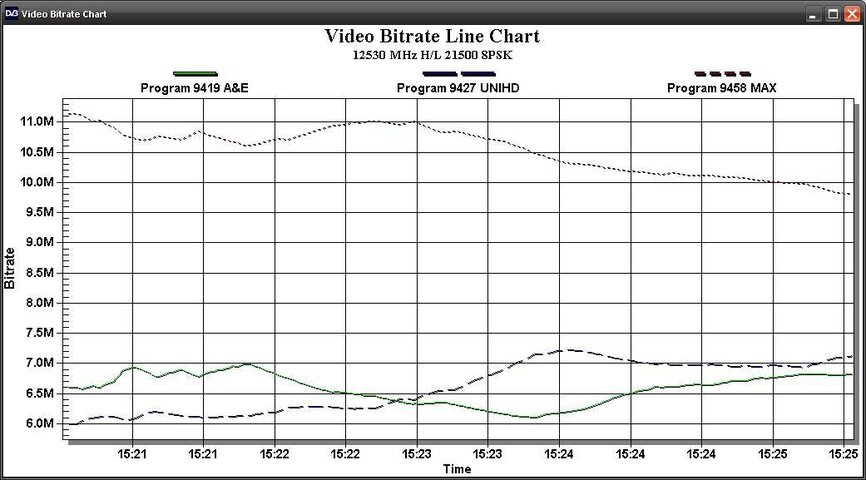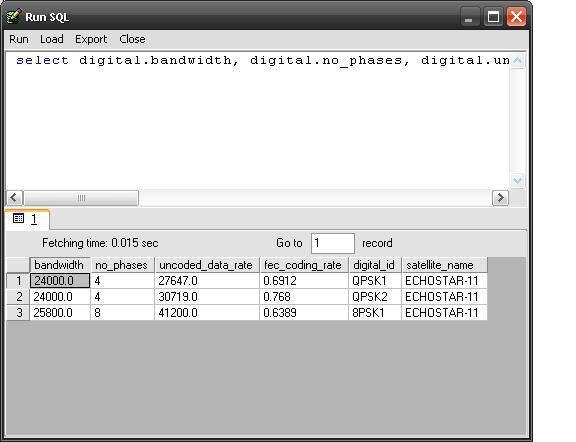If the display you're using is capable of full 1920x1080 resolution AND you're sitting close enough to it, yes. Otherwise, no. I would venture to say 90%+ viewers do not fulfill both of those qualifications...yet. As more people purchase large 1080p displays we may see that change.
Here is my reading of the demographic:
- 1% of Dish HD and/or DirecTV HD subscribers who have large 1080p displays, are early adopters, who can see such differences and raised the alarm about "HD-Lite"
- 20% of Dish HD and/or DirecTV HD subscribers who do
not have large 1080p sets, could not see the difference even if they had those sets, but really, really care that the number 1920 is greater than 1440, and so they feel that they are getting "ripped off".
- 10% of Dish HD and/or DirecTV HD subscribers who do
not have large 1080p sets, like what they see on the HD channels, and don't care about the numbers.
- 69% of Dish HD and/or DirecTV HD subscribers who do
not have large 1080p sets, do not read forums, have never heard of "HD-Lite", like what they see on the HD channels, and don't care about the numbers.
The current HD penetration is estimated to be 10-15%. Given that, while many more 1080p sets are being made and sold than before, there are several counter factors:
- Late adopters spend less money, most of the sets will be 37 inches or less. Most HD sets purchased in 2007 have been 37 inches or less, for that matter.
- 1080p sets cost more than 720p sets, and are heavier. Since late adopters spend less money, 720p sets will continue to dominate for years.
- Late adopters are the most clueless, lots of those people won't even know they are not hooked up to HD channels for a couple of years (this is a well documented phenomenon). Most of them could not distinguish the difference between 1920 and 1440 on an 80 inch 1080p set, let alone the one they will be purchasing.
- The more HD channels, the more bandwidth that cable and satellite providers will need. As more and more channels go HD, all the providers will supply the least bandwidth per channel that they can. The fact that the usual 1440x1080i channels don't look as good as HD-DVD will simply be normal and accepted (by those who can tell the difference). No one expects a Premium TV Channel movie to look as good as a DVD, so that will be natural.




